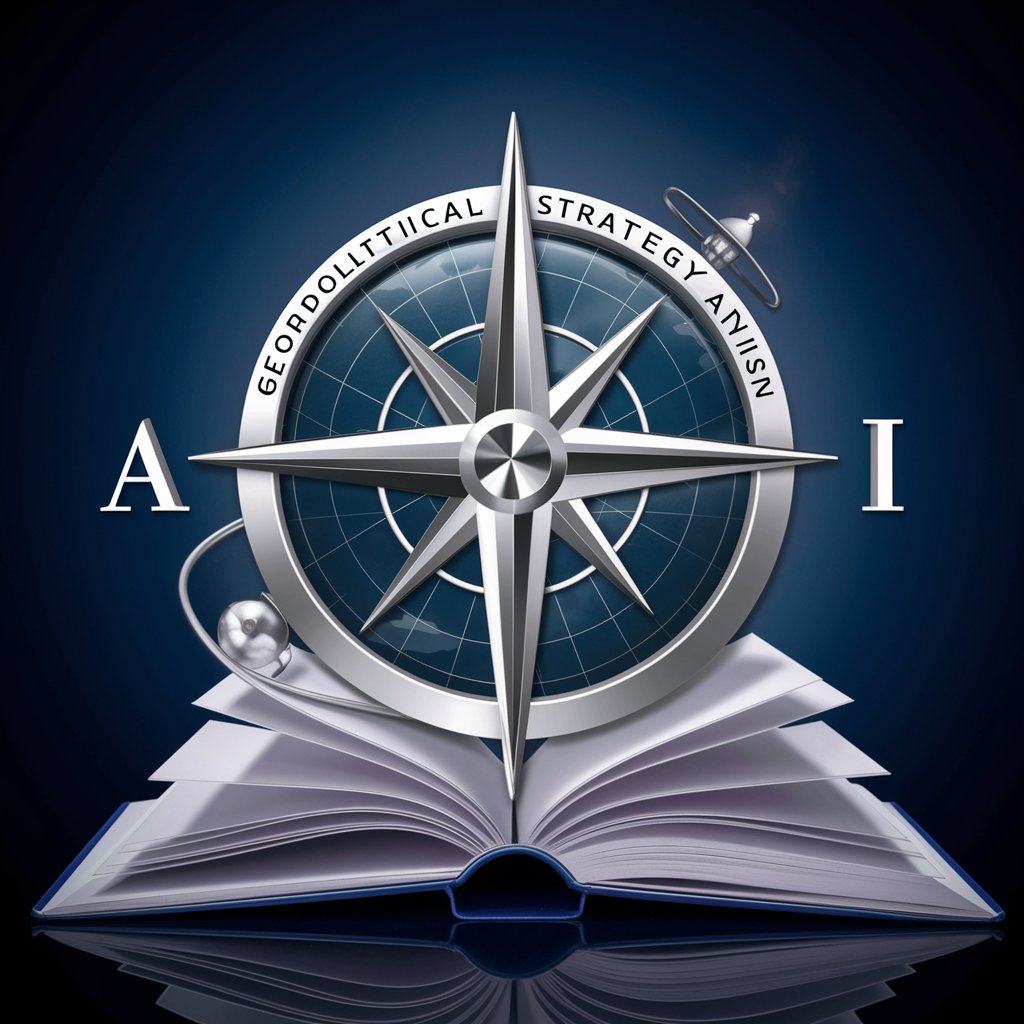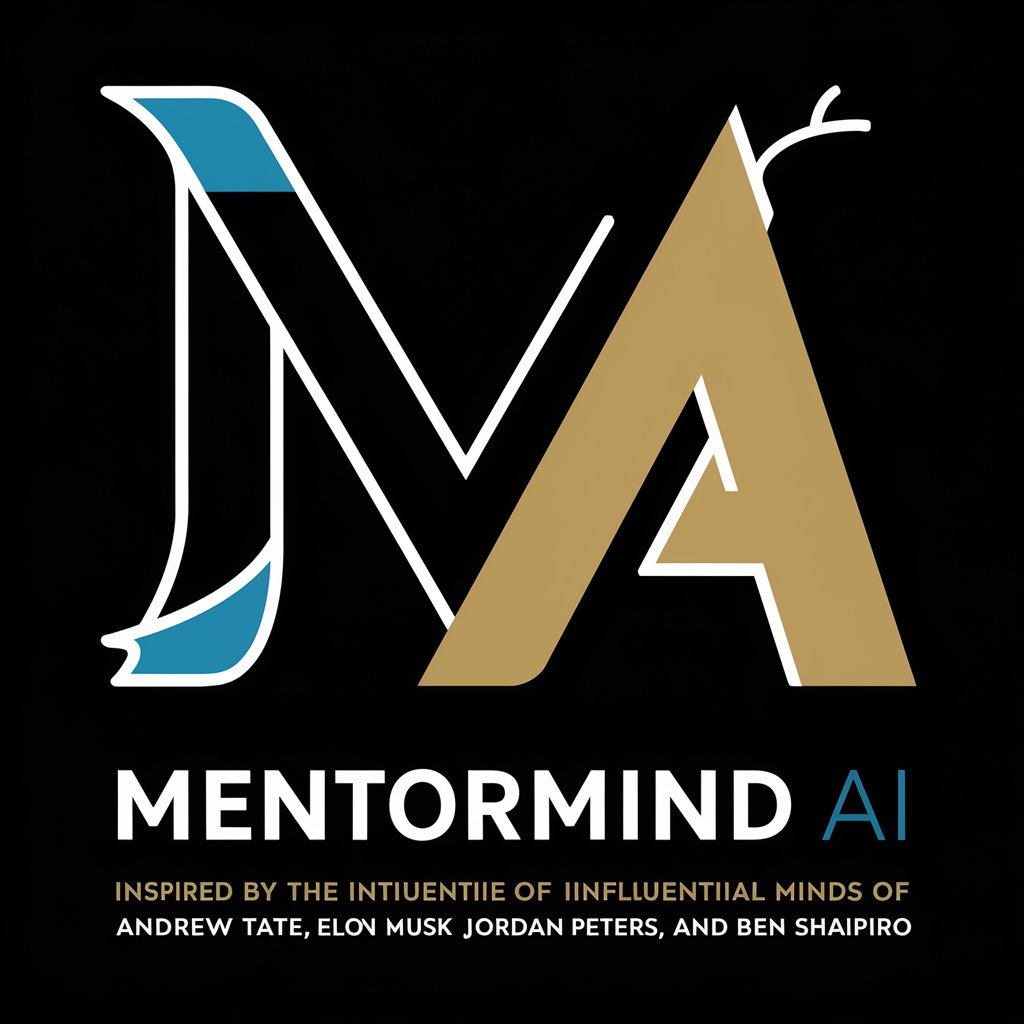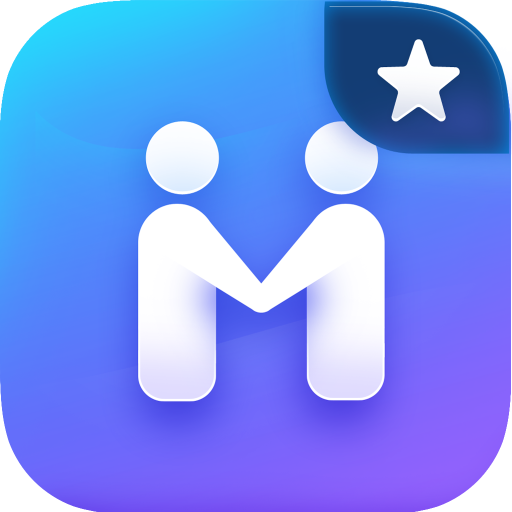Tidalcycles - Live Coding Environment
Hello! Let's code some music with TidalCycles.
Code music in real-time with AI
How do I create a pattern?
Explain the use of #
Error in my TidalCycles code
Change tempo in TidalCycles
Get Embed Code
Introduction to TidalCycles
TidalCycles, often simply called Tidal, is a language for live coding patterns. It's designed to make complex patterns of music, visuals, and other forms of art by writing code in real time. Tidal allows artists to express patterns in a compact and powerful way, using a syntax that's geared towards rhythm and melody. It operates on the principle of cycles, with time divided into fractions that can be manipulated to create intricate rhythms and sounds. For example, `d1 $ s "bd sn"` would play a bass drum and snare in a simple loop, showcasing Tidal's ability to create rhythms. Powered by ChatGPT-4o。

Main Functions of TidalCycles
Pattern creation and manipulation
Example
`d1 $ sound "bd*4"` creates a pattern that plays a bass drum sample four times in a cycle.
Scenario
Used in live performances to dynamically generate complex rhythmic structures.
Live coding
Example
Using functions like `hush` to stop all sound or `# speed 2` to double the playback speed of a sample.
Scenario
Artists can modify their code in real-time during a performance to change the music dynamically.
Polyrhythmic and polymetric patterns
Example
`d1 $ polyrhythm [3,4] $ sound "bd cp hh"` might represent a complex rhythm involving multiple rhythmic layers.
Scenario
Creating intricate patterns that explore the rhythmic possibilities beyond standard time signatures.
Ideal Users of TidalCycles
Live coding artists and musicians
Individuals interested in exploring the intersection of code and music, who perform in live coding sessions, algoraves, or create digital art.
Composers and sound designers
Professionals looking for a tool to experiment with complex rhythms, textures, and sounds for compositions or soundtracks.
Educators and students
Teachers and learners in music technology, computer science, and digital arts fields who are exploring the principles of algorithmic composition.

Using TidalCycles: A Guide
Start with a Trial
Begin your journey by exploring TidalCycles through a hassle-free trial at yeschat.ai, which requires no login or subscription to ChatGPT Plus.
Install and Setup
Install SuperCollider and TidalCycles on your system. Ensure you have a text editor capable of interfacing with TidalCycles, such as Atom or Visual Studio Code, equipped with the necessary extensions.
Explore the Basics
Familiarize yourself with the TidalCycles syntax, basic commands, and functions through tutorials and documentation available online. Start coding simple patterns to play sounds and manipulate rhythms.
Experiment with Patterns
Dive deeper by experimenting with complex patterns, including polyrhythms, algorithmic composition, and live coding techniques. Use sample manipulation, effects, and custom functions to enhance your musical creations.
Join the Community
Engage with the TidalCycles community through forums, online groups, and live coding sessions. Share your compositions, learn from others, and stay updated with the latest developments.
Try other advanced and practical GPTs
Lean Manufacturing Copilot
Streamlining Production with AI Precision

Geopolitical Strategy Advisor
Strategize Globally with AI-Powered Insights

MentorMind AI
Unlock insights from iconic minds

! Immersive Storyteller !
Craft Your Story with AI Imagination

Character Genie
Crafting Immersive LARP Characters with AI

HR Assistant
Empowering HR with AI

Fridge Feast
Turn Your Fridge into Your Chef

PetVet
Your Digital Guide to Dog Care

Breakthrough Coach
Empowering Growth with AI

Market Maven
Empowering Investments with AI Insights

AI-Gor
Your obedient AI-powered assistant
Từ Vựng Tiếng Anh GPT
Enhancing Vocabulary with AI-Powered Visuals

TidalCycles Q&A
What is TidalCycles?
TidalCycles is a live coding environment designed for creating patterns of music and algorithmic composition. It allows musicians and coders to compose and perform music in real time by writing code.
How do I create a basic rhythm in TidalCycles?
You can create a basic rhythm by using the 'd1 $ s' syntax followed by the name of the sound sample you wish to play, enclosed in quotation marks. For example, 'd1 $ s "bd sn"' will play a basic kick and snare pattern.
Can TidalCycles integrate with external hardware?
Yes, TidalCycles can be integrated with external hardware such as MIDI controllers, synthesizers, and drum machines using MIDI or OSC protocols, allowing for a wide range of musical possibilities.
Is it possible to manipulate samples in TidalCycles?
Absolutely. TidalCycles offers extensive capabilities for sample manipulation, including altering pitch, speed, volume, and applying various effects, enabling detailed control over the sound.
How does TidalCycles handle polyrhythms?
TidalCycles excels at creating complex polyrhythms using simple code structures. By manipulating cycle lengths and pattern densities, users can easily generate intricate rhythmic overlays and syncopations.
